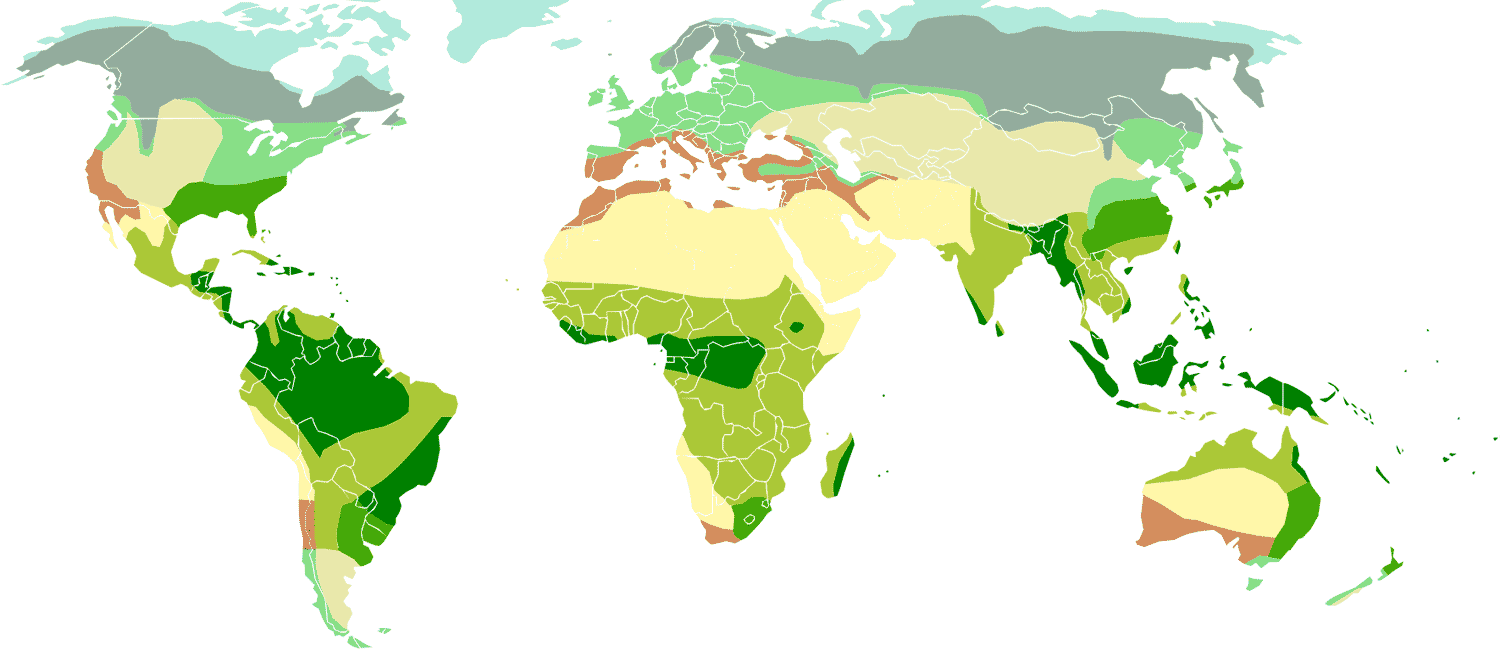Page Content
- Classification
- Region
- Group
- Taxa, synonyms
- Bibliography
- Figures
Falsotrachystola dongi
Falsotrachystola dongi is the scientific name of a group -also called lamiines or flat-faced longhorned beetles-
Falsotrachystola dongi Huang & Li, 2019
Huang, G.-Q. & Li, S. are the authors of the original taxon.
The type specimen used for original description is cited from Yunnan.
Falsotrachystola dongi Huang & Li, 2019 is the full name of the group-species in the taxonomic classification system.
The species is combined with the genus Falsotrachystola ranked in the tribe Morimopsini.
Classification
| kingdom | |
| Animalia | |
| ~1,200,000 sp. | |
| phylum | |
| Arthropoda | |
| ~1,000,000 sp. | |
| class | |
| Insecta | |
| ~830,000 sp. | |
| order | |
| Coleoptera | |
| ~350,000 sp. | |
| family | |
| Cerambycidae | |
| ~35,000 sp. | |
| subfamily | |
| Lamiinae | |
| 22,044 sp/ssp. | |
| tribe | |
| Morimopsini | |
| 208 sp/ssp. | |
| genus | |
| Falsotrachystola | |
| 5 sp. | |
| species | |
| dongi | |
Region
World [1]

Distribution for Falsotrachystola dongi
Group
dongi [1]
Subgroup of
Taxa, synonyms
1 taxon refers to Falsotrachystola dongi
-
Falsotrachystola dongi Huang & Li, 2019 [ type locality : China, Yunnan, Baoshan City, Gaoligongshan National Nature Reserve, Baihualing ]
Bibliography
Some citations found in the bibliography excluding lists and catalogs except with nomenclatural act or image or data
-
Falsotrachystola dongi Huang & Li • Zootaxa • 2019 • 4555 (1) : 46, 50 [ nov loc ill div ]details
Falsotrachystola dongi Huang & Li • Zootaxa • 2019 • 4555 (1) : 46, 50
General information
- description ; distinctive characters
- distribution map
- color photo, ♂ ; ...
- new taxon/name
Distribution
- [locality type] China, Yunnan : Baoshan City, Gaoligongshan National Nature Reserve, Baihualing
- China, Yunnan : Baoshan City, Longyan District Bureau of the Gaoligongshan National Nature Reserve Administration, Nankang Management Station
Figures
Some references with images to see in bibliography
- ♂ of Falsotrachystola dongi Huang & Li, 2019 • see Huang & Li, 2019